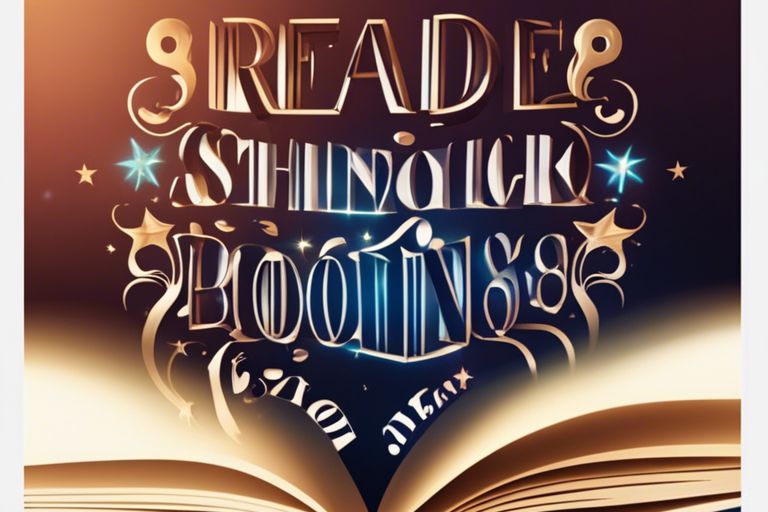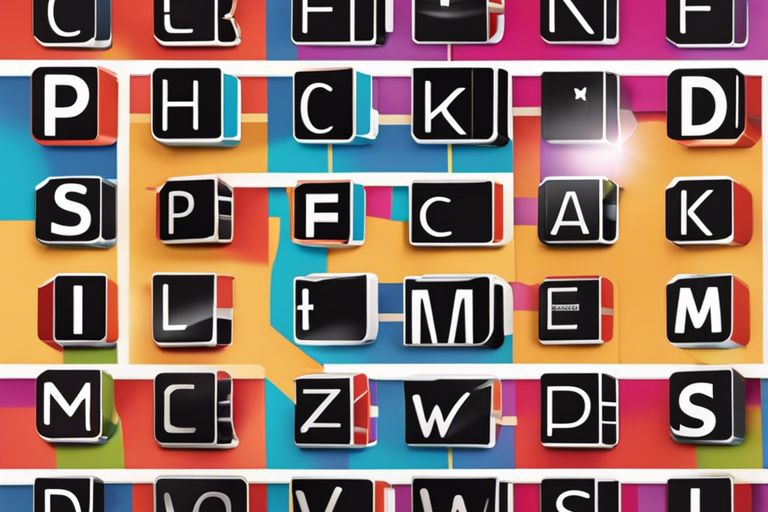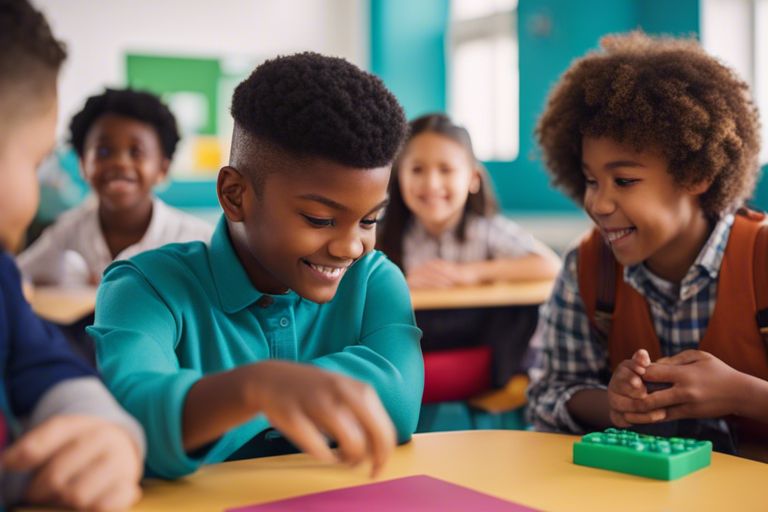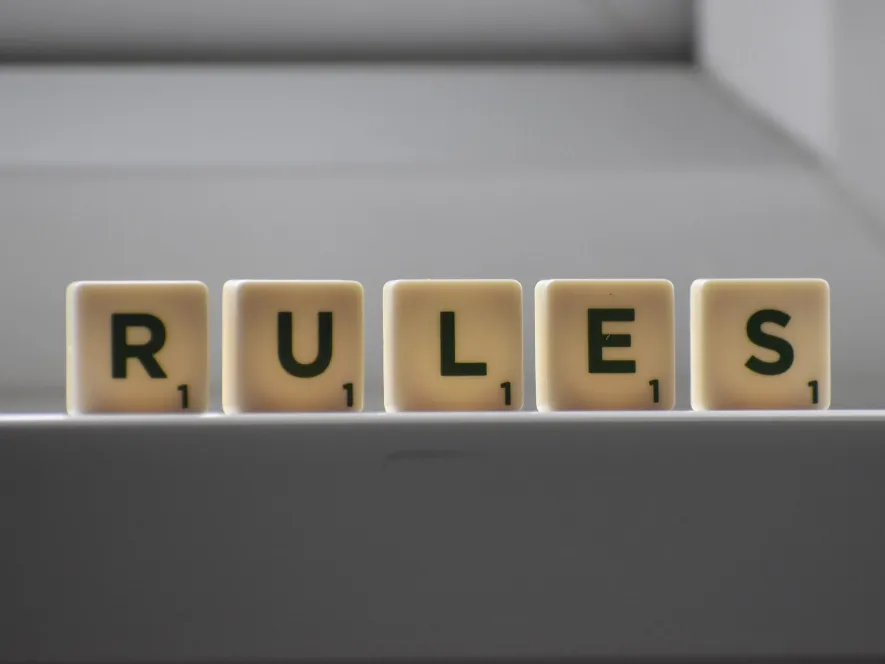In literacy development, phonics is crucial in helping young learners decode and spell words. As classroom teachers, it is vital to incorporate engaging phonics activities to make learning fun and effective for students. This blog post will explore some creative and interactive phonics activities that teachers can implement in their classrooms to enhance phonics skills and foster a love for reading and writing among their students. Teachers can create a dynamic learning environment that caters to diverse learning styles and abilities by actively involving students in hands-on phonics activities.
Key Takeaways:
- Interactive phonics activities: Engage students in hands-on activities to reinforce phonics concepts effectively.
- Utilise technology: Incorporate educational apps and online resources to make phonics learning entertaining and engaging.
- Multisensory approach: Appeal to different learning styles by incorporating visual, auditory, and kinesthetic elements in phonics activities.
- Group activities: Encourage collaboration and peer learning through phonics activities promoting interaction and communication.
- Regular practice: Reinforce phonics skills through consistent practice activities to enhance student mastery and retention.
Understanding Phonics Fundamentals
The Relationship Between Letters and Sounds
One of the critical principles of phonics is understanding the relationship between letters and sounds. In phonics, students learn that letters represent sounds in speech, and by decoding these sounds, they can identify and pronounce words. This fundamental skill is crucial for reading and spelling, as it forms the basis for recognising written words and understanding their meanings.
Phonemic Awareness vs. Phonics
Phonemic awareness and phonics are often confused, but they are two distinct skills. Phonemic awareness involves hearing, identifying, and manipulating individual sounds (phonemes) in spoken words without necessarily seeing the written letters. On the other hand, phonics focuses on the relationship between letters and sounds in written language. Both skills are crucial for developing strong literacy skills, as they complement each other in learning to read and write.
Creating an Engaging Phonics Environment
Tips for Setting Up Your Classroom
When setting up your classroom for phonics instruction, consider the following tips:
- Organise your classroom in distinct areas for different phonics activities.
- Ensure resources such as letter cards, phonics games, and books are easily accessible.
- Use colourful and engaging visuals to stimulate interest in phonics learning.
Recognising the importance of a well-organised and visually appealing phonics environment can enhance learning outcomes for your students.
Incorporating Multisensory Phonics Techniques
Incorporating multisensory phonics techniques involves engaging multiple senses in the learning process, such as sight, sound, touch, and movement. By integrating activities that include drawing letters in sand trays, singing phonics songs, using magnetic letters, and playing phonics games, you can create a dynamic learning experience that caters to different learning styles. This approach enhances phonics skill development and makes learning engaging and enjoyable for students.
Phonics Activities for Different Age Groups
Activities for Pre-K to 1st Grade
For children in Pre-K to 1st Grade, engaging in phonics can lay a strong foundation for their reading and language skills. Activities such as matching games with pictures and initial letter sounds, using interactive phonics apps, and singing alphabet songs can make learning phonics fun and interactive. These activities help young learners associate sounds with letters, improving their phonemic awareness and decoding skills.
Activities for 2nd Grade and Beyond
As children progress to 2nd Grade and beyond, phonics activities can become more advanced to cater to their growing language abilities. Word-building activities using phonics rules, decoding multisyllabic words, and playing phonics-based board games can enhance their reading fluency and comprehension skills. By practising these activities regularly, older children can strengthen their phonics knowledge and apply it effectively in reading and spelling tasks.
Activities for 2nd Grade and beyond consolidate phonics skills learned in earlier years while introducing more complex phonics concepts to further enhance reading and language development. By incorporating various interactive and hands-on activities, teachers can keep older students engaged and motivated to continue improving their phonics proficiency.
Assessing Phonics Progress
Informal Assessment Strategies
Informal assessment strategies are essential for teachers to gauge students’ phonics progress daily. These can include observations during reading activities, listening to students read aloud, and having students complete phonics-based tasks or games. By using informal assessments, teachers can adjust their teaching methods to suit the needs of individual students.
Formal Phonics Assessment Tools
Formal phonics assessment tools provide teachers with a more structured and standardised way to measure students’ phonics skills. These tools typically include standardised tests, phonics screening checklists, and other assessments that follow specific guidelines. Using formal assessment tools, teachers can track students’ progress over time and identify gaps or areas for improvement in their phonics knowledge.
Formal phonics assessment tools are handy for collecting data on a larger scale and comparing students’ performance against set benchmarks. Teachers can use the results from these assessments to inform their teaching practices and provide targeted support to students who may be struggling with certain phonics concepts. By combining informal and formal assessment strategies, teachers can effectively monitor and enhance students’ phonics development in the classroom.
Conclusion: Engaging Phonics Activities for Classroom Teachers
Implementing engaging phonics activities in the classroom is crucial for developing students’ literacy skills. Teachers can create a dynamic learning environment that promotes phonemic awareness and reading proficiency by incorporating interactive and fun exercises. VUtilisingarious activities such as games, songs, and hands-on tasks can make phonics lessons enjoyable and effective for students of all ages. Classroom teachers play a vital role in laying the foundation for strong literacy skills, and by using engaging phonics activities, they can help students build a solid understanding of the English language. These activities enhance learning and foster a love for reading and language development that can benefit students throughout their academic journey and beyond.
FAQ
Q: What are phonics activities?
A: Phonics activities are tasks or exercises designed to help students develop their understanding of the relationship between sounds and letters in the English language.
Q: Why are phonics activities important for classroom teachers?
A: Phonics activities are vital for classroom teachers as they provide a structured approach to teaching reading and spelling, helping students to become proficient readers and writers.
Q: How can classroom teachers make phonics activities engaging?
A: Classroom teachers can engage students in phonics activities by incorporating games, songs, and hands-on activities that make learning fun and interactive.
Q: What are some examples of phonics activities for classroom teachers?
A: Examples of phonics activities for classroom teachers include phonics puzzles, word-building games, phonics scavenger hunts, and interactive online phonics tools.
Q: How can classroom teachers assess the effectiveness of their phonics activities?
A: Classroom teachers can assess the effectiveness of their phonics activities by monitoring students’ progress in reading and spelling, conducting informal assessments, and seeking feedback from students to ensure learning goals are met.












